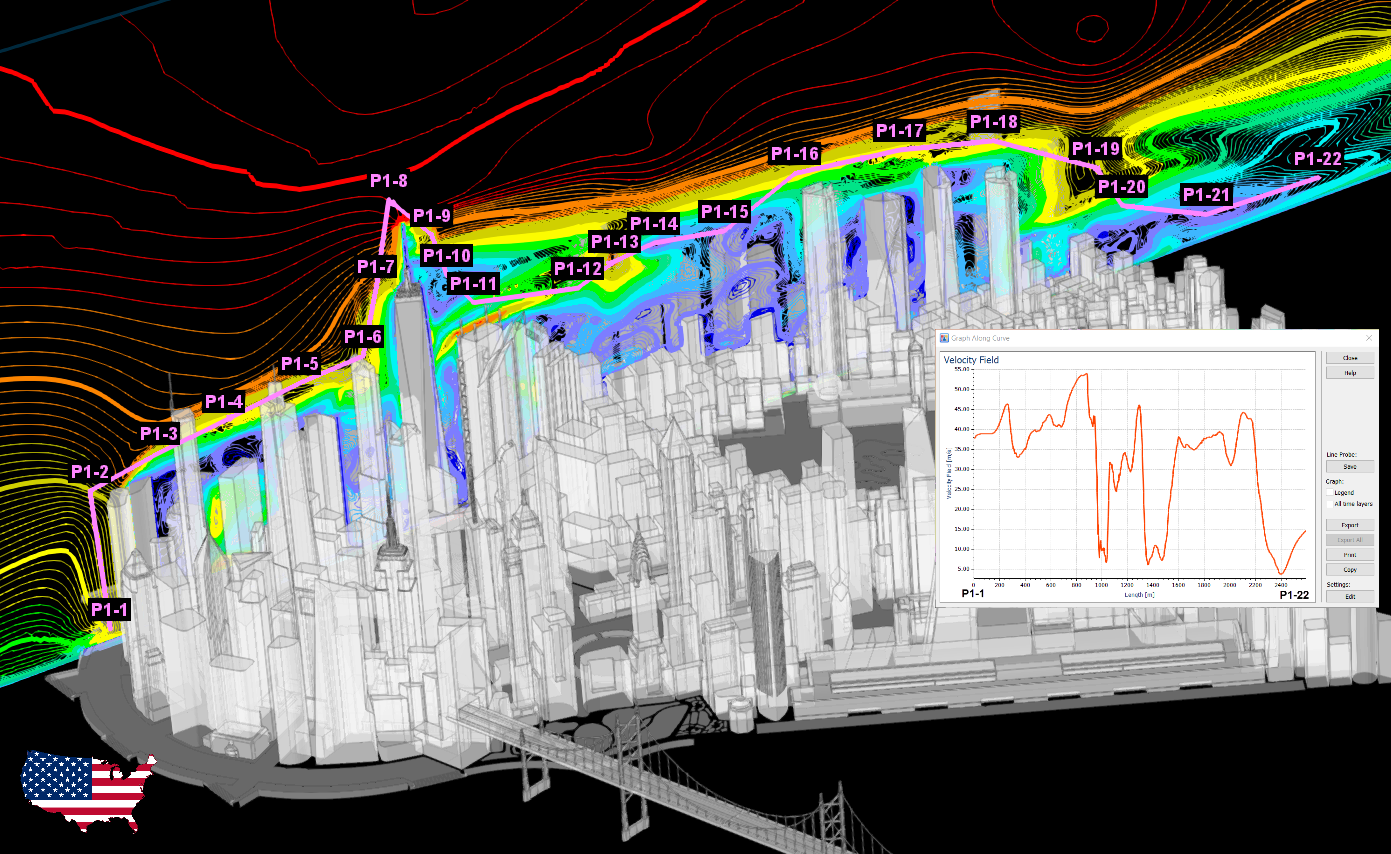In the 'Load Cases & Combinations' dialog box, go to the Response Spectrum tab to define the parameters of the response spectrum.
Activate the X and Y directions to assign the default response spectra according to Eurocode 8. The diagram below then will show the relationship between acceleration and time.
The default maximum acceleration of 1.67 m/s2 is rather high. To apply the values valid for the geographical location of the model, click one of the
![]() buttons next to the 'Response spectrum' list. The 'Edit Response Spectrum' dialog box is opened.
buttons next to the 'Response spectrum' list. The 'Edit Response Spectrum' dialog box is opened.
The 'Definition Type' list includes several possibilities how to define the response spectrum. Make sure that the According to standard - EN 1998-1 option is set.
The reference peak ground acceleration agR is set as 1.00 m/s2. As the model is situated in Bologna/Italy, it is recommended to apply the value specific to that location. If you do not have it at hand, you can use the tool provided by Dlubal Software. Open the Dlubal Online Services.
A map is opened where you can select the snow loads, wind speed, and seismic loads. Select the Seismic option (1).
In the 'Enter a Location' box, type Bologna (2) and select the Bologna Bologna, Emilia-Romagna, Italy option from the list (3). The data for this location is read in.
The design ground acceleration ag,30 is 0.528 m/s2. Copy that value and return to the 'Edit Response Spectrum' dialog box. There paste the value of 0.528 to the 'Reference peak ground acceleration' box.
When you click some other box next to apply the modification, you will see in the diagram that the maximum acceleration now is 0.88 m/s2.
You can check some other parameters in the table, such as the ground type or importance class. They are not to be modified for the example, however. Click OK to apply the modified spectrum and return to the 'Load Cases & Combinations' dialog box.



























![Basic Shapes of Membrane Structures [1]](/en/webimage/009595/2419502/01-en-png-png.png?mw=512&hash=6ca63b32e8ca5da057de21c4f204d41103e6fe20)





















